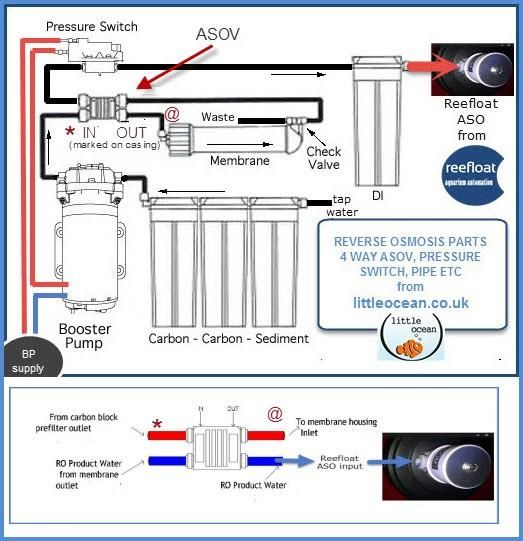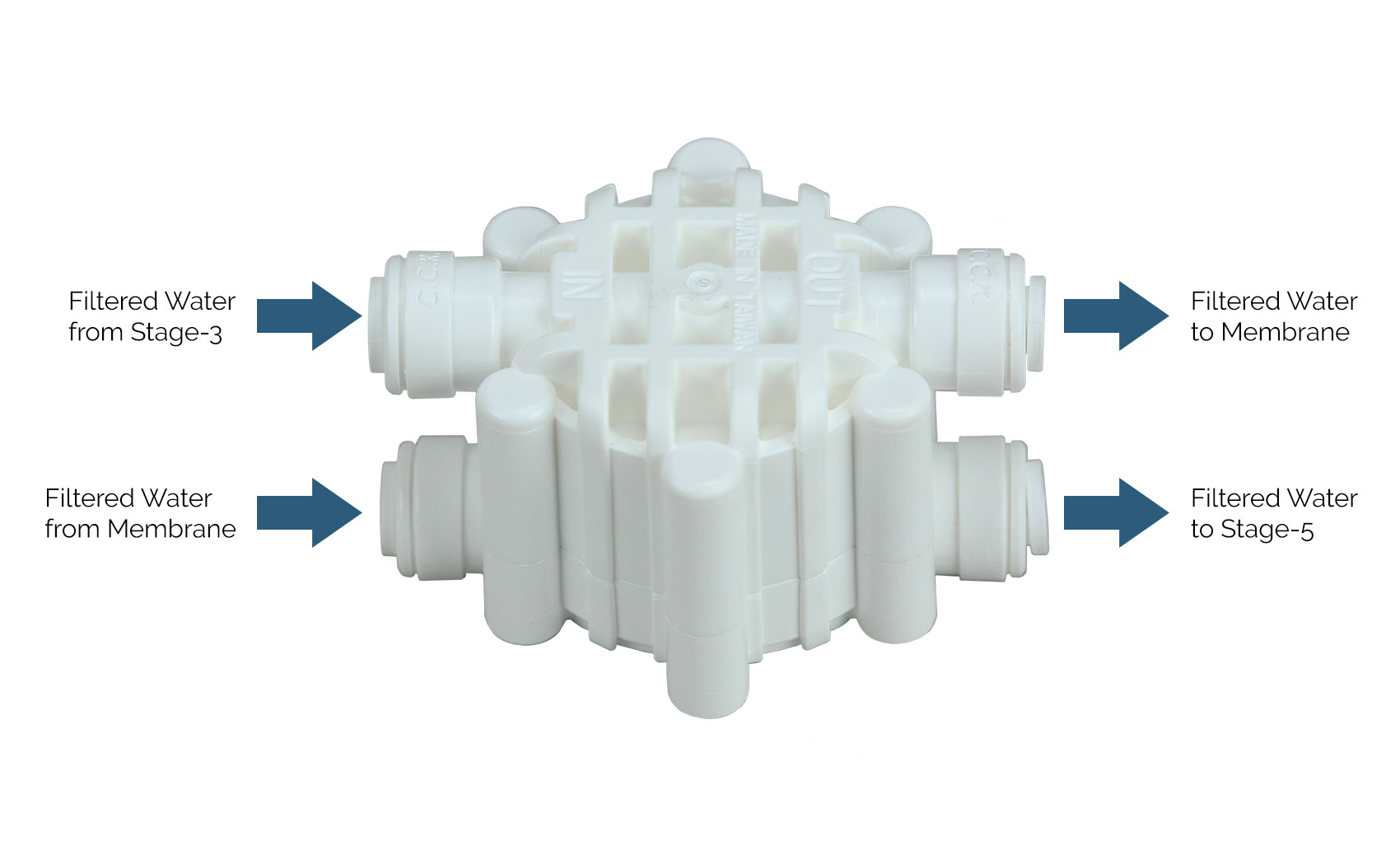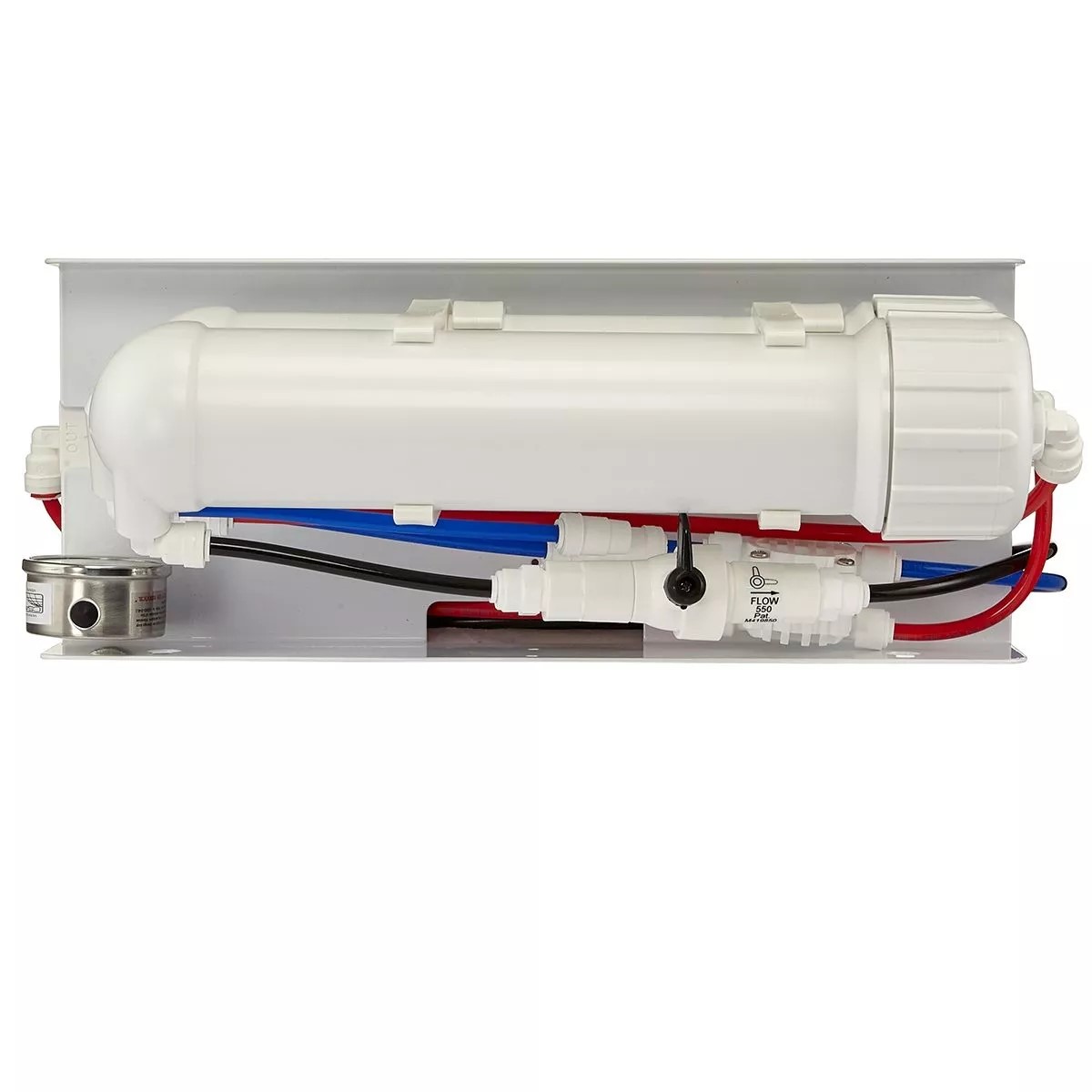


Reverse osmosis systems can remove up to 99% of contaminants from your water, however, they can never remove 100% which is the overall goal for reef tank water. That is where deionization (DI) resin comes into play, by taking place as the last "filter" of a RODI system after the membrane. DI resin is ionically charged as either a cation (+) or anion (-) to exchange hydrogen or hydroxide molecules for contaminants like phosphate, silica, nitrate, sulfate, aluminum, iron, calcium, etc allowing you to achieve 0 TDS water for your aquarium and help eliminate any possible water quality issues. You may or may not know that there are multiple types of DI resin available from mixed bed to single bed resins that you can use depending on what the specific goal is for your water and what is in the water after the RO membrane.
Mixed or Single Bed
Single bed DI resins come in many different flavors, but at heart only contain a single cation or anion that makes up the entire media bed. Single bed resins are commonly used in household water softeners and other applications that require either the positive or negative ion to be removed and exchanged for hydrogen or hydroxide ions. The concentration of a single bed lets you focus on specific issues that you may have with your water without wasting extra resin like a mixed bed resins. Mixed bed resins contain both cations and anions in a single bed of media that will remove both positively and negatively charged ions from the water column. Mixed beds are very common in residential RODI system that is used for reef tanks and other types of aquariums since they are easy to use, but when it comes to efficiency and cost savings, single bed systems are the clear winners.
Cation or Anion
Cation = Positive Charge
Anion = Negative Charge
Choosing a single or mixed bed resin can be hard especially if you do not know exactly what is in your water or how a RO membrane will filter it. In most cases, you can use either the cation or anion mixed bed resins but may notice that a TDS meter is showing that the resin is exhausted before the color has changed completely. That is more than likely due to an excess of the opposite type of ion in your water when compared to the color changing dye used in that resin. If this is happening to you, changing to a resin with an opposite indicating dye of your current will help with visual monitoring as it becomes exhausted.
Mixed Bed Cation Resin (purple) - Most commonly used after single bed resins to polish any remaining contaminants. It contains both positive and negatively charged ions and will change from purple to amber as the cation resin is depleted. It is also perfect for single canister DI systems that have an excess of positively charged ions like calcium, magnesium, aluminum, ferrous and ferric iron.
Mixed Bed Anion Resin (blue) - The most commonly used resin in single or dual canister RODI systems and contains both negative and positively charged. The anion beads contain a blue color changing indicator that will turn to an amber color when it is exhausted. This resin is excellent for systems that have an excess of negatively charged ions that are not removed by the membrane, like phosphates, nitrates, sulfates, etc.
Single Bed Cation Resin (purple) - Contains only cation beads that focus on removing positively charged ions from the water that passes through it. As the resin becomes depleted it will change from a purple to amber letting you know at a glance when it is depleted. This is most commonly used as the first stage in a single bed DI system.
Single Bed Anion Resin (blue) - Anion resin focuses on removing negatively charged ions and has a blue color changing dye that will change to amber as it becomes depleted. Single bed anion resin is commonly used as the second stage in a single bed DI system.
Color Changing
A majority of DI resin has a color changing indicator that will change to a light amber color as the resin becomes exhausted. The dye is simply a pH indicator that is stable at high or low pH levels but will become translucent as the pH of the resin becomes neutral and the resin becomes exhausted. With single bed resins, there are some instances where your water may have a high or low pH, and can cause the color indicating dye to not become translucent, and that is why it is imperative to use a TDS or conductivity meter to know exactly when your resin is exhausted.
High pH water may interfere with the indicating dye contained in anion (blue) single bed resin.
Low pH water may interfere with the indicating dye contained in cation (purple) single bed resin.
